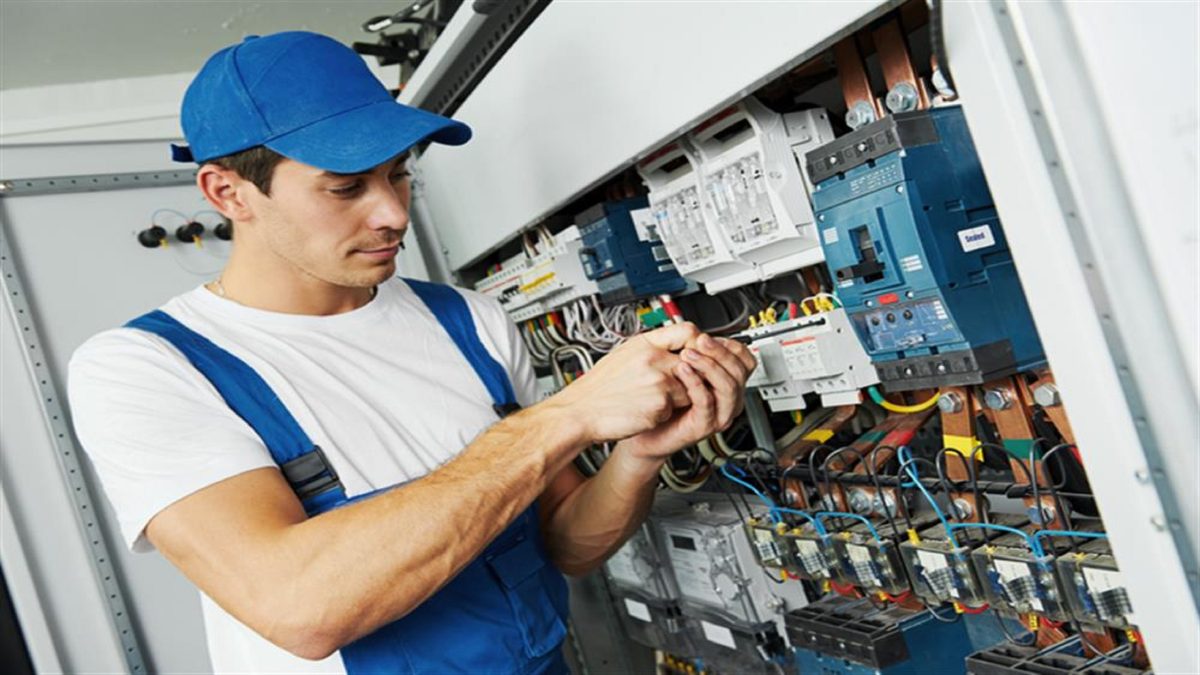
Worried about costly electric bills? Concerned about your power consumption? Looking for ways to be more eco-friendly? If so, there are some simple ways you can minimize your energy consumption and optimize power usage without having to resort to using candles! If you’re interested in keeping your electricity use to a minimum, try these 5 suggestions to start reducing your energy use at home right away!
Be Mindful of Your Laundry Habits
When it comes to saving money and resources, your laundry is one of those places that tends to be overlooked. Most homeowners forget about their washers and dryers, but changing your laundry habits can actually help you save a lot of money on electricity. For starters, try to always use cool water to avoid overheating. Meanwhile, make sure you always use the correct settings for each load of laundry. It’s also important to avoid overloading the machine. Not only will these tips help you save money on electricity, but they can also help reduce wear and tear on your washer and dryer.
Turn Off Electronics When Not in Use
When you’re out for the day, make sure to fully shut down your electronics so they don’t waste energy while you’re gone. If you have devices like TVs and computers on standby mode, these devices will still use electricity. Even leaving chargers plugged in can waste energy when they’re not in use. If you want to reduce energy waste in your home, it’s important to keep an eye on your electronics and turn off anything that doesn’t need to be on.
Check for Drafts
Eliminating drafts in your home is another great way to improve your energy use. If you think your home has poor sealing, you can actually use a feather to check for drafts. Hold a feather against the edges of your door and windows to see if it moves. If the feather moves, that means there is a draft and this may be an indication that your home needs some work done! If you have a drafty home, this will put a strain on your HVAC system because your heater will have to work harder in the winter. If your home is not properly sealed, you can use caulk to seal up holes or cracks in the walls.
Regularly Maintain Your HVAC System
You can save significant money on electricity by getting your HVAC system tuned up regularly. Have your HVAC system serviced at least once a year to ensure that it’s in optimal condition. After all, when something is amiss with your heater or air conditioner, the system will work extra hard to compensate for any problems you might, which can be extremely wasteful. It’s important to change your filters regularly and make sure that your system is running smoothly, and it can help you save on energy costs, too.
Use Smart Home Gadgets
These days, reducing your electricity use is not just about being energy-efficient. Nowadays, you can choose devices that are designed with innovative tech that allows you to minimize your power consumption. Smart home technology is a great choice if you’re looking for stress-free ways to save energy. With a smart thermostat, you can use an eco-friendly setting to keep your energy use efficient. You can also choose smart lights that have sensors so they only turn on when you need them. While these might seem like small changes, smart home gadgets can have a huge impact over time.
These 5 tips are a great way to start reducing your energy bill, but if you want to save even more electricity in your home, you may want to consider scheduling an inspection with an electrician to find out how you can save even more money on electricity bills every month
Check out this article for some additional plumbing tool ideas!
10 Easy Ways to Save Money on Your Electric Bill Each Month
Air conditioning is the cold elephant in the room when it comes to electric bills. Nothing beats walking into a cold wall of A/C after spending time outside during the summer.
While air conditioning keeps your house bearable in the summer, it’s by far the biggest drain on your wallet. Rethinking the way you use air conditioning can mean significant savings for you.
Start out with basic annual maintenance. This includes checking your air conditioning ducts before the weather heats up, changing the filters, and making sure the vents are actually open.
For the best results, you should change your air conditioner filter monthly.
On hot days, keep your house cool and your power bills lower by using the energy saver option on your air conditioner, and leave it on when you’re not at home.
Turning the air conditioner on “high” once you walk in the door at night will actually raise your utility bills, since the unit has to use much more energy to cool down a hot room.
You can save up to 10% a year on heating and cooling by simply turning back your thermostat 7°-10°F for 8 hours a day from its normal setting.
Unplug devices you’re not using
All those smaller appliances and devices in your home don’t use much energy individually, but collectively they can really add up.
Did you know that anything you leave plugged in, like a toaster, coffee pot, etc (even if they are turned off), continue to draw trace amounts of electricity from your outlets?
In fact, it’s estimated that this “vampire energy” could account for as much as 5% of residential energy use.
Basically, if it’s plugged in, it is costing you small amounts of money that add up over time. But, there’s a workaround for this problem: power strips.
Source: https://ericsymmonds.blogspot.com/2022/07/5-easy-ways-to-minimize-your.html







